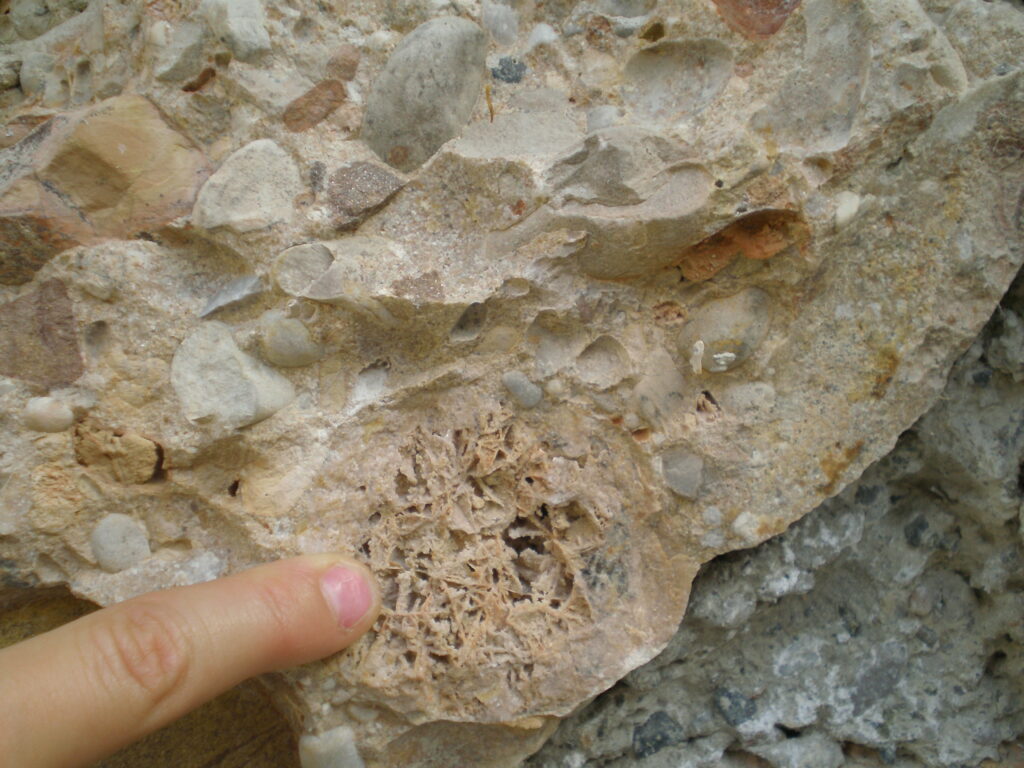Microfossils in our Conglomerate Formation
Kammerling is the German term for protozoa, which mostly colonize marine habitats and occur as microfossils in the Traisental conglomerate rock. The term “Kammerling” / “chamberling” is derived from the housing of the protozoa, which consists of many small calcareous chambers. The variety of Kammerling forms is great.

Microfoffils
The Preiß-family’s regional wines are called Kammerling® – a homage to the conglomerate rock on which they grew.
In detail:
The soils of the Traisental vineyards are characterized by the Hollenburg-Karlstettner Conglomerate. This consists of a combination of consolidated gravel, sand and marl, which have a characteristically high lime content. It contains rich calcareous alpine boulders, subordinate to flysch boulders. The age of the conglomerate formation can be determined on the basis of the fossil chamberlings (Latin: foraminifera), it is estimated at around 15 million years.

The vines get flavor-defining nutrients from different soil layers. Last but not least, the calcareous casing of the Kammerlinge promotes the minerality of the wines and enables a filigree and elegant style. The Preiß-family is fascinated by the small sea creatures and has therefore dedicated a wine series to them.


